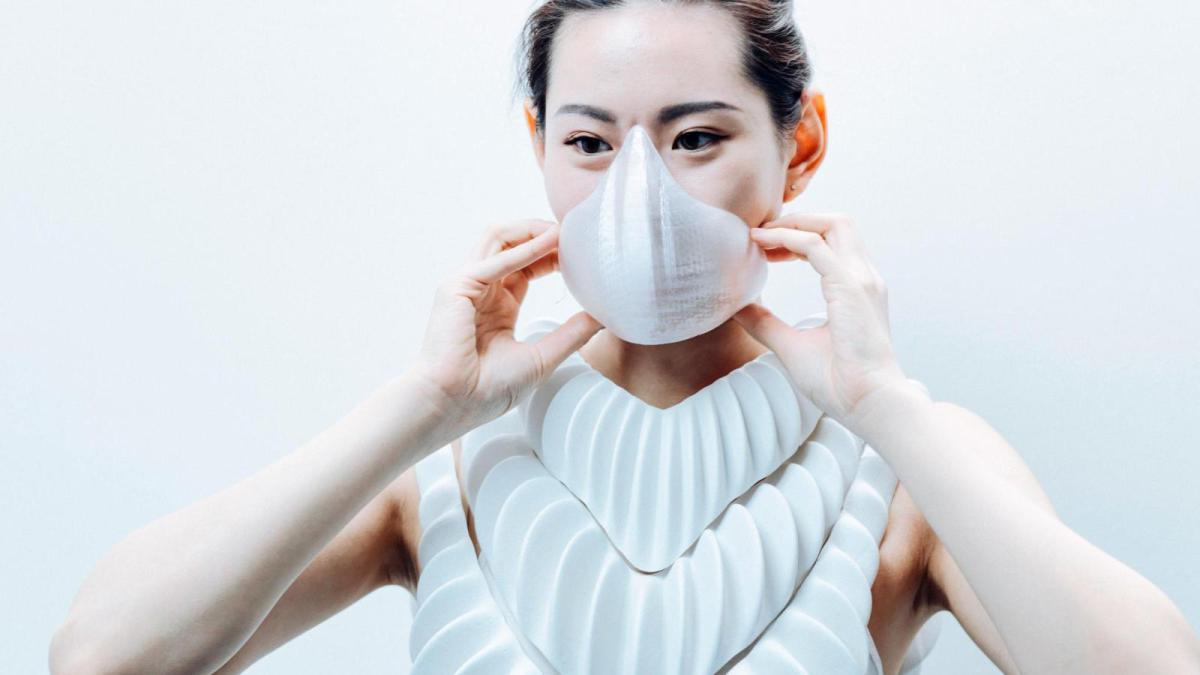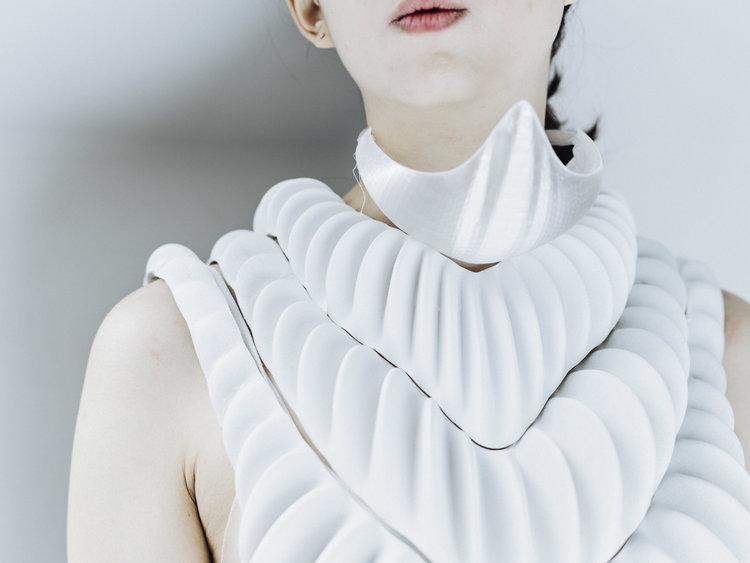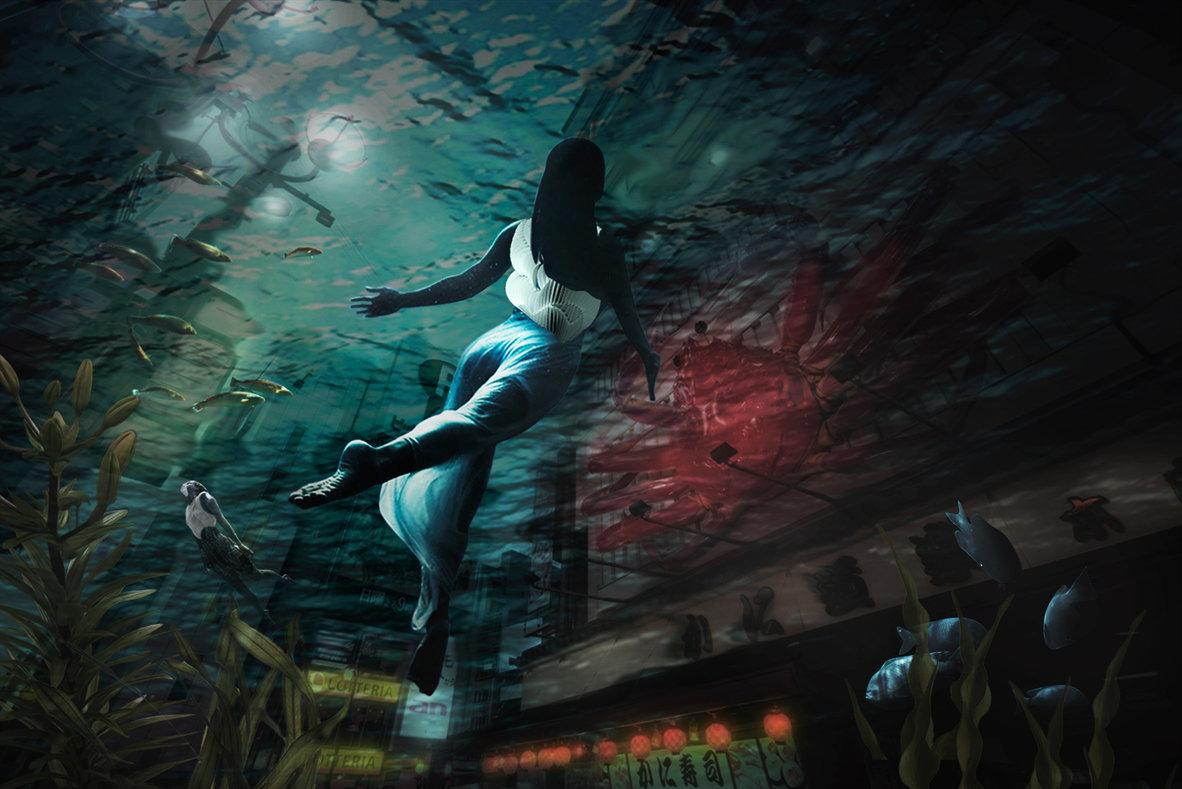Artist Designs Futuristic 3D Device To Help Humans Breathe Underwater
Amphibio is a concept gill garment designed by Jun Kamei, inspired by the the way sea levels could rise in the future.
Updated May 31 2019, 3:12 p.m. ET

Headlines about climate change make most of us want to avoid thinking about what life will be like as temperatures and sea levels continue to rise, but that's exactly what inspired Japanese designer in his future-focused artistic work. Jun Kamei has created a 3D printed garment that would help humans breathe underwater.
Called Amphibio, it's "a gill garment for our aquatic future,” designed specifically for a future where humans will have to co-exist with rising sea levels. Inspired from the gill of water diving insects, the device is made out of a special porous hydrophobic material which supports underwater breathing by replenishing oxygen from the surrounding water and dissipating carbon dioxide which accumulate in the system.
Kamei presented the device as part of his graduation thesis from London’s Royal College of Art (RCA). "By 2100, a temperature rise of 3.2 degrees celsius is predicted to happen, causing a sea-level rise affecting between 500 million and three billion people, and submerging the megacities situated in the coastal areas," he explained.

Amphibio is a two-part 3D-printed accessory, consisting of a gill and a respiratory mask.

Amphibio is a two-part 3D-printed accessory consists of a gill and a respiratory mask "designed for a future where humankind lives in very close proximity with water. The artist's website explains it aims to provide daily comfort to people who spend as much time in the water as on the land.
"If you are familiar with freediving and scuba diving equipment, Amphibio sits right in between those two," explained Kamei. Though it's just a prototype, Kamei believes devices like his will be essential to human survival as we learn to adapt to changing climates.

Kamei's project was developed in the RCA-IIS Tokyo Design Lab – an experimental design technology studio set up through a partnership between the RCA and the University of Tokyo. "In the near future, it could allow the wearer to stay underwater longer than in free diving, but with less equipment – such as a smaller gas tank – than used in scuba diving," he said.
Kamei developed the 3D-printable material filament himself, and says the next step is to develop the Amphibio so that it can be tested on humans. He hopes 3D printing becomes common enough in the future so people can easily have access to devices like his.